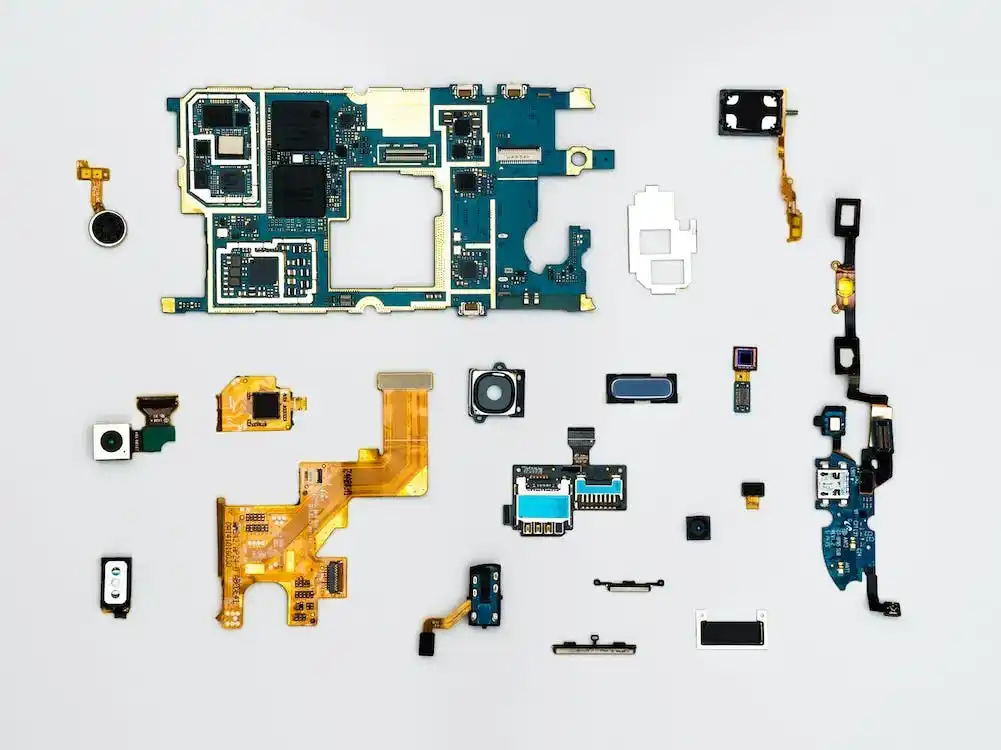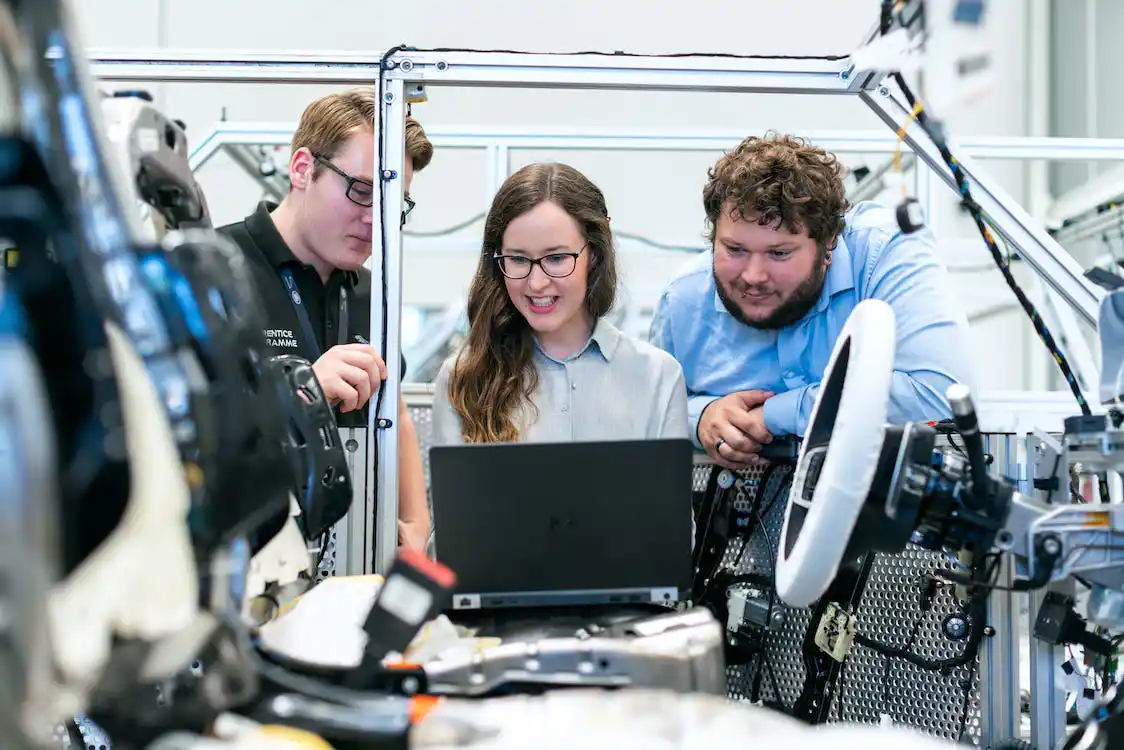Augmented Reality (AR) is a technology that allows the integration of virtual objects into the real world, creating a mixed reality experience. AR has the potential to revolutionize a wide range of industries, from entertainment and advertising to education and healthcare. This article explores augmented reality (AR) technology and its potential uses in various industries. It covers the basics of AR technology.
Entertainment
The entertainment industry has already started exploring the potential of augmented reality. One of the most well-known examples is the mobile game Pokemon Go, which became an instant sensation when it was released in 2016. The game uses AR technology to enable players to catch virtual Pokemon characters in the real world. It has been downloaded more than a billion times and has generated billions of dollars in revenue.
AR can also be used to create immersive experiences in movies and TV shows. For example, in 2019, HBO created an AR experience for the show “Watchmen,” which allowed viewers to explore the world of the show in a more interactive way. AR can also be used to enhance live events, such as concerts and sports games, by creating interactive experiences for the audience.
Advertising
AR has the potential to transform the advertising industry by creating more engaging and interactive experiences for consumers. AR can be used to create virtual try-on experiences for clothing and makeup, allowing consumers to see how products will look on them before making a purchase. AR can also be used to create interactive product demonstrations, which can help consumers better understand the features and benefits of a product.
AR can also be used to create location-based advertising, where virtual objects and messages are placed in specific locations. For example, a restaurant could use AR to place virtual menus and promotions outside their storefront to attract customers walking by.
Education
AR has the potential to transform the way we learn by creating more interactive and engaging educational experiences. AR can be used to create virtual field trips, allowing students to explore historical sites or natural wonders without leaving the classroom. AR can also be used to create interactive textbooks, where students can interact with virtual objects and animations to better understand complex concepts.
AR can also be used to create training simulations for a wide range of industries, from healthcare to manufacturing. For example, medical students can use AR to practice surgical procedures in a safe and controlled environment, without the risk of harming real patients.
Healthcare
AR has the potential to revolutionize the healthcare industry by improving patient outcomes and reducing costs. AR can be used to create virtual anatomy models, allowing medical professionals to better understand the structure and function of the human body. AR can also be used to create augmented reality-guided surgeries, where surgeons can see virtual images overlaid on the patient’s body to guide them during the procedure.
AR can also be used to create interactive patient education materials, where patients can better understand their conditions and treatment options. AR can also be used to create virtual reality therapy, which has been shown to be effective in treating conditions such as anxiety and PTSD.
Conclusion
As we have seen, augmented reality has the potential to revolutionize a wide range of industries, from entertainment and advertising to education and healthcare. As the technology continues to develop, we can expect to see even more innovative uses of augmented reality.
Augmented Reality and Its Potential Uses
Best Articles
Read about Augmented Reality















